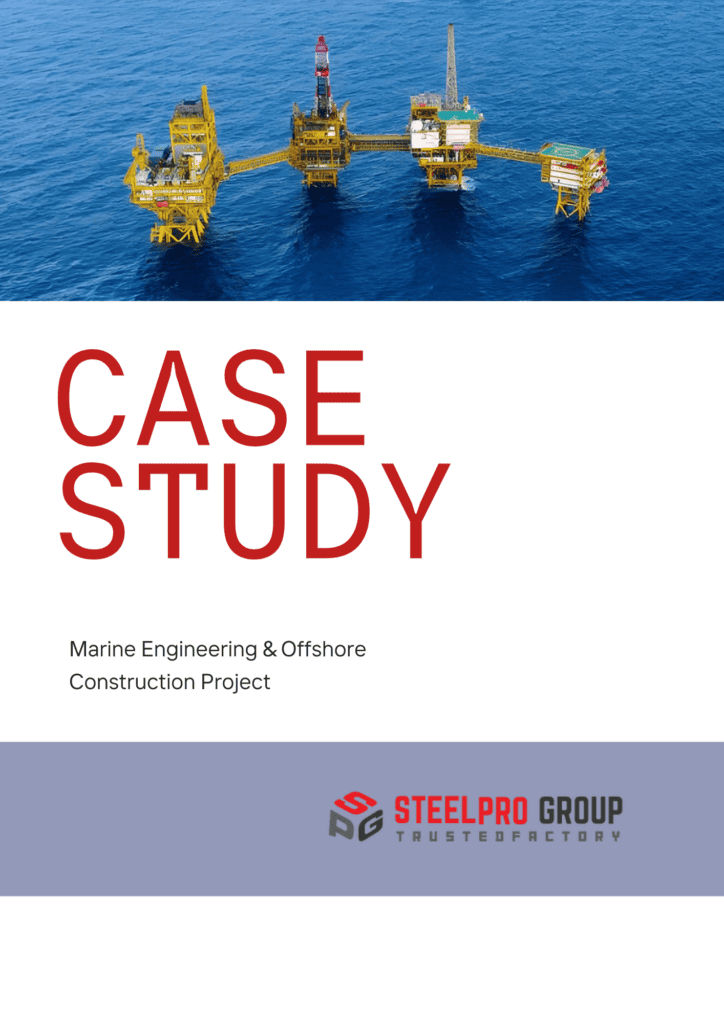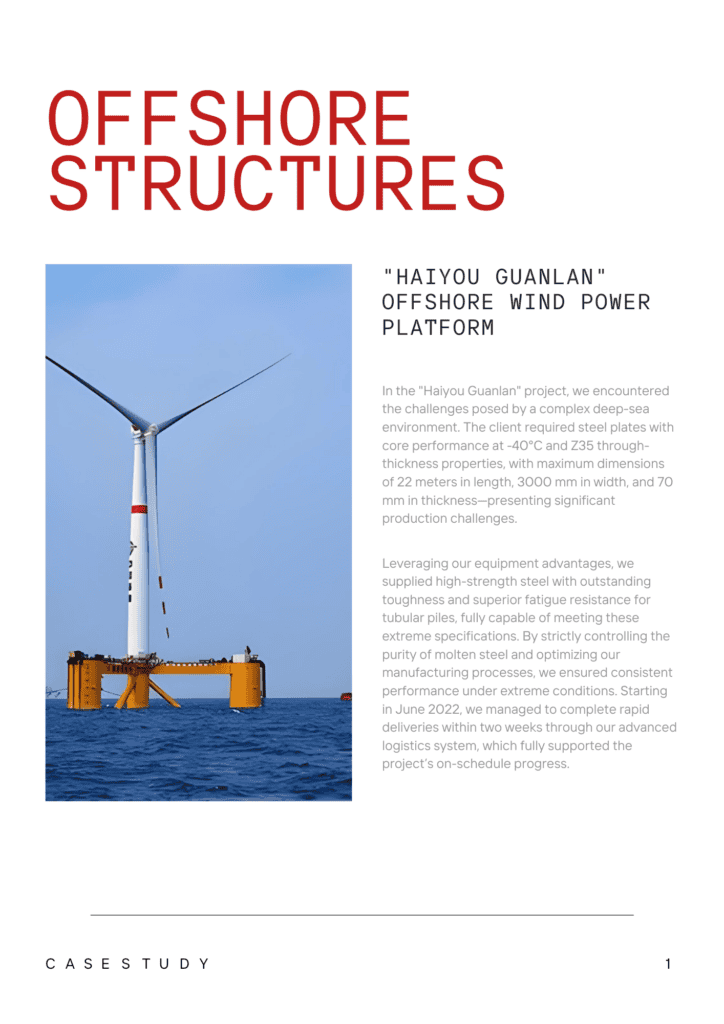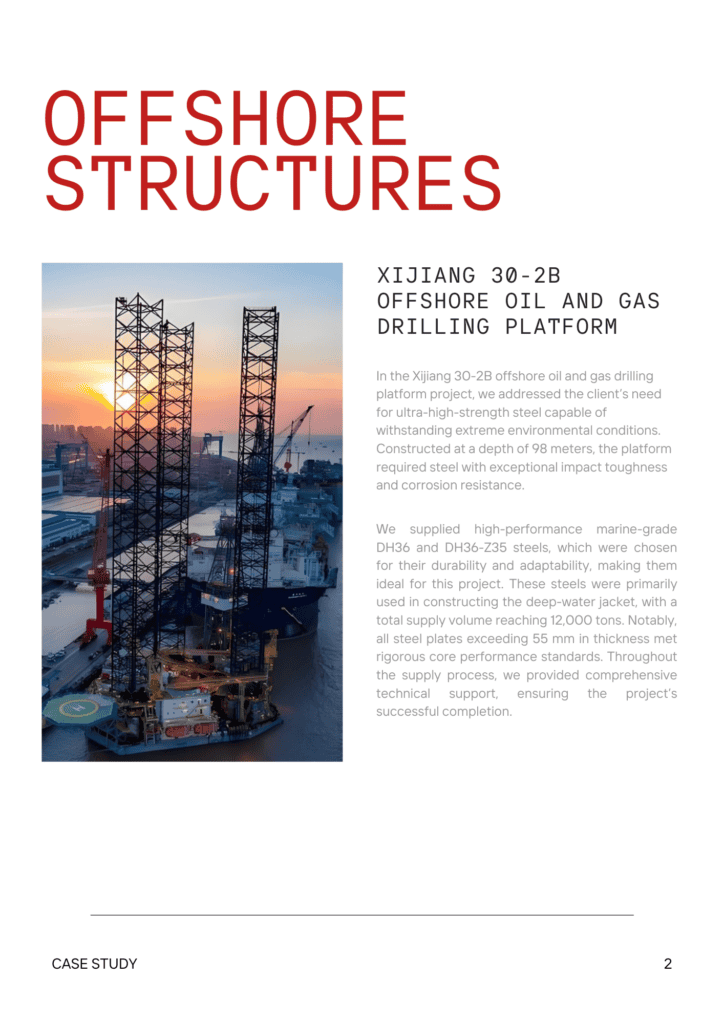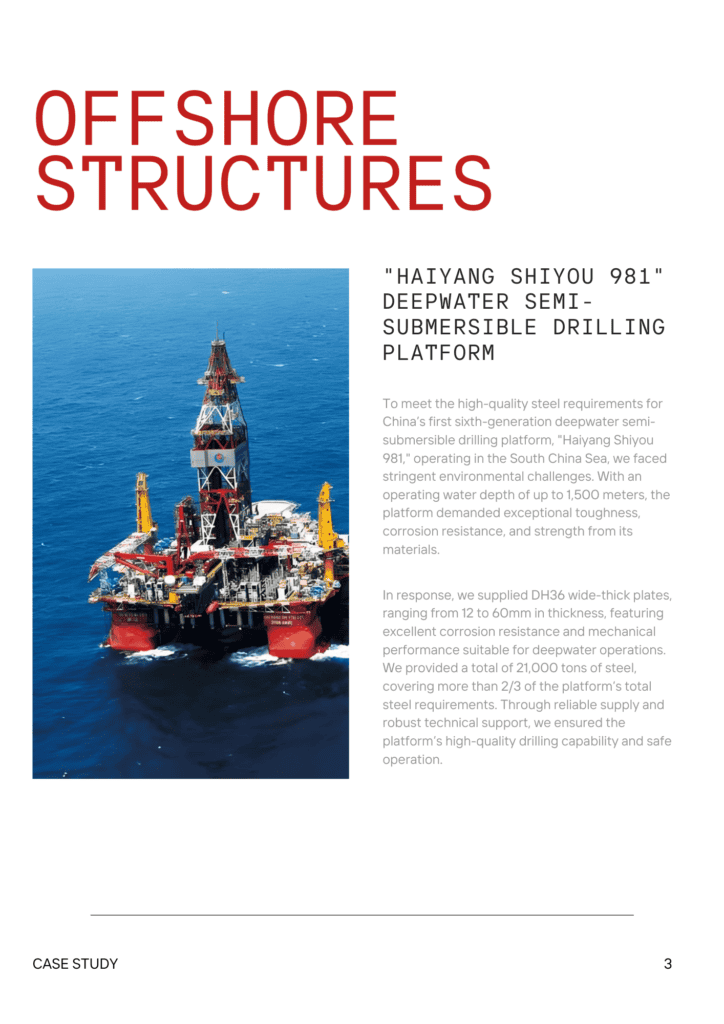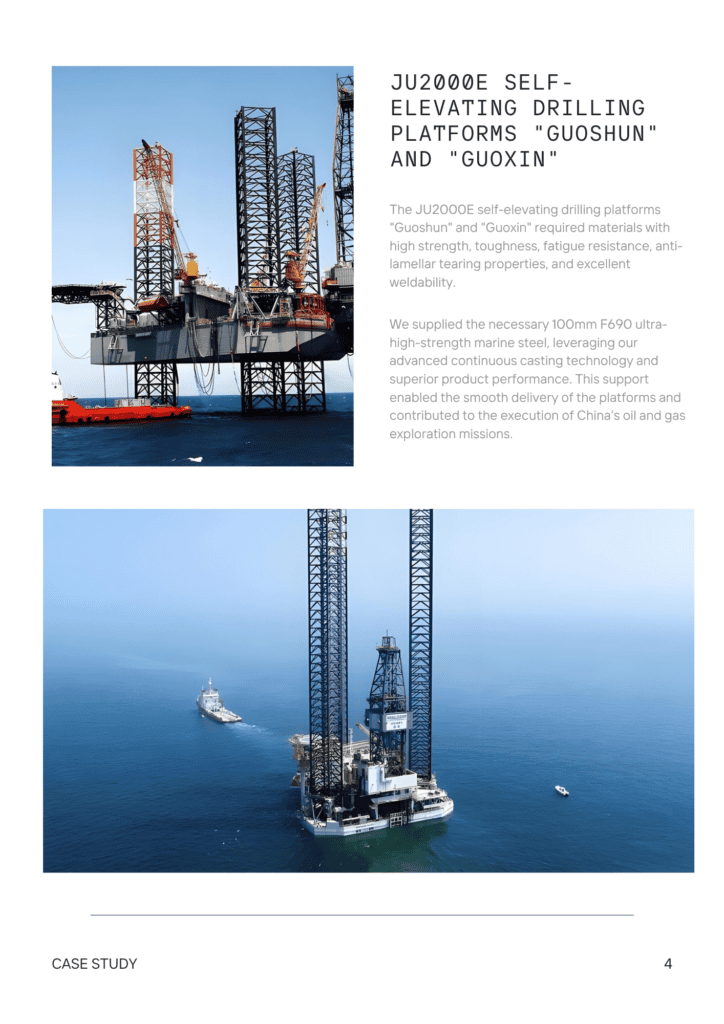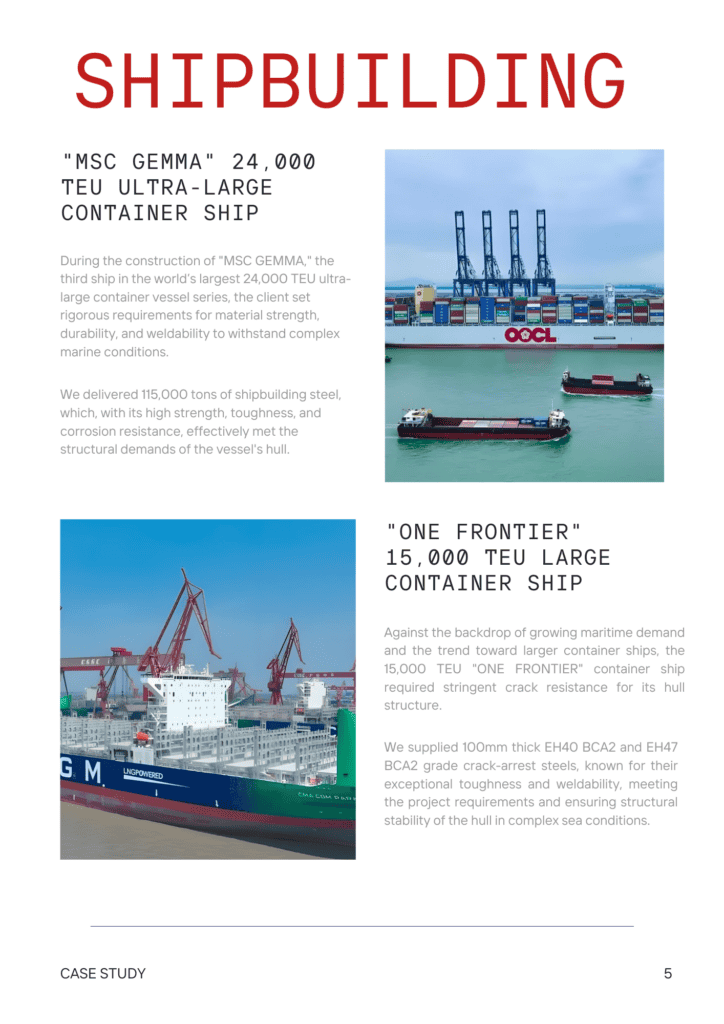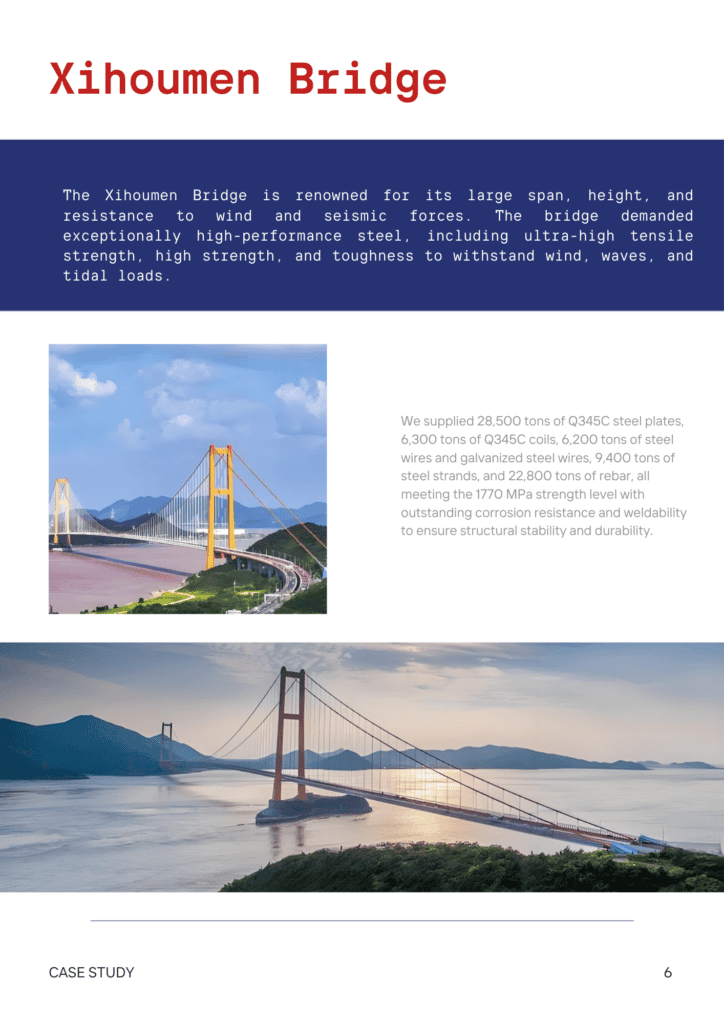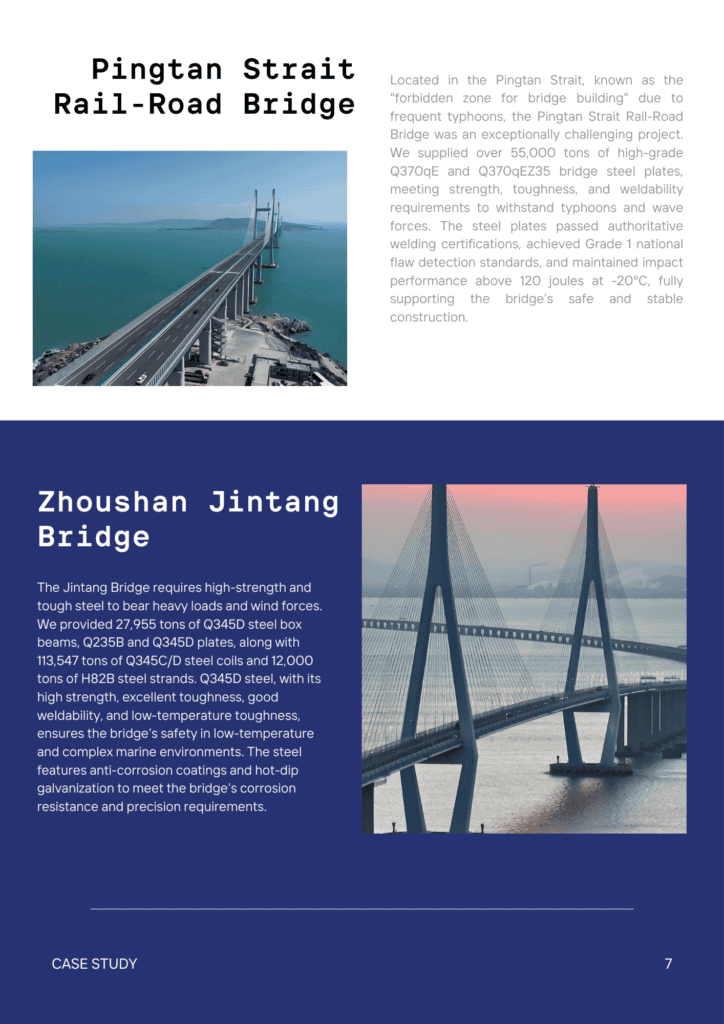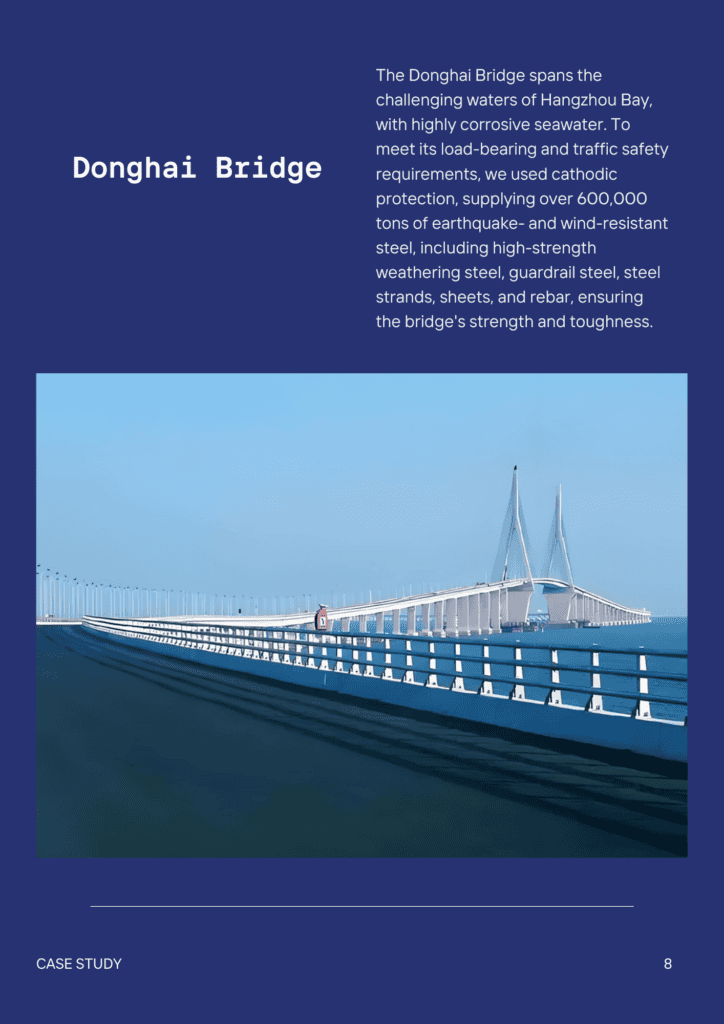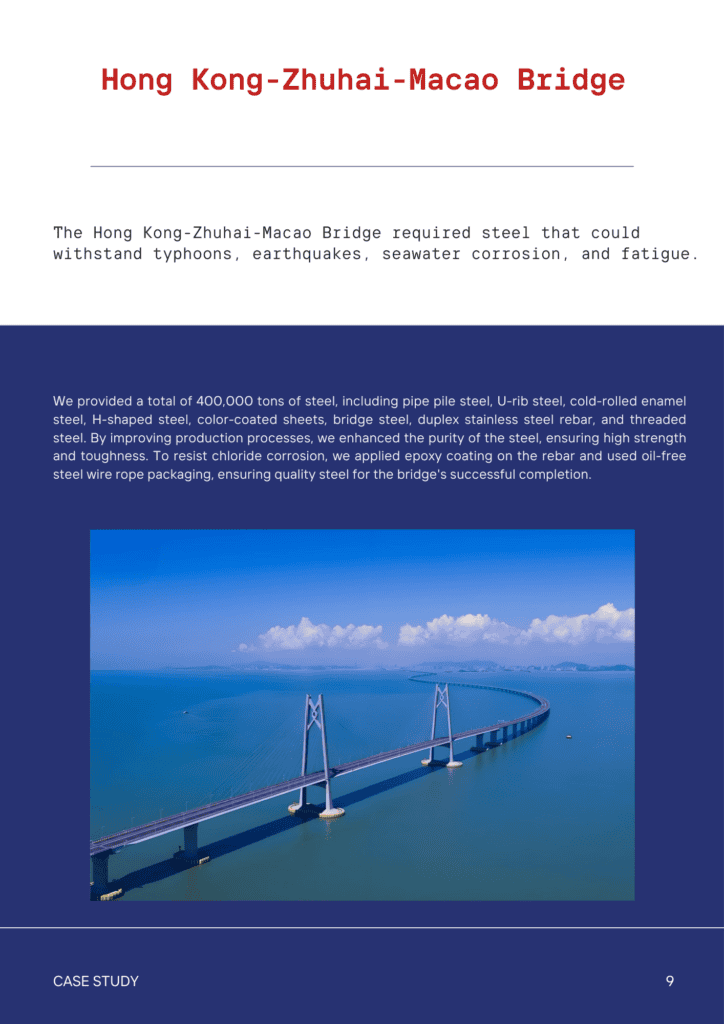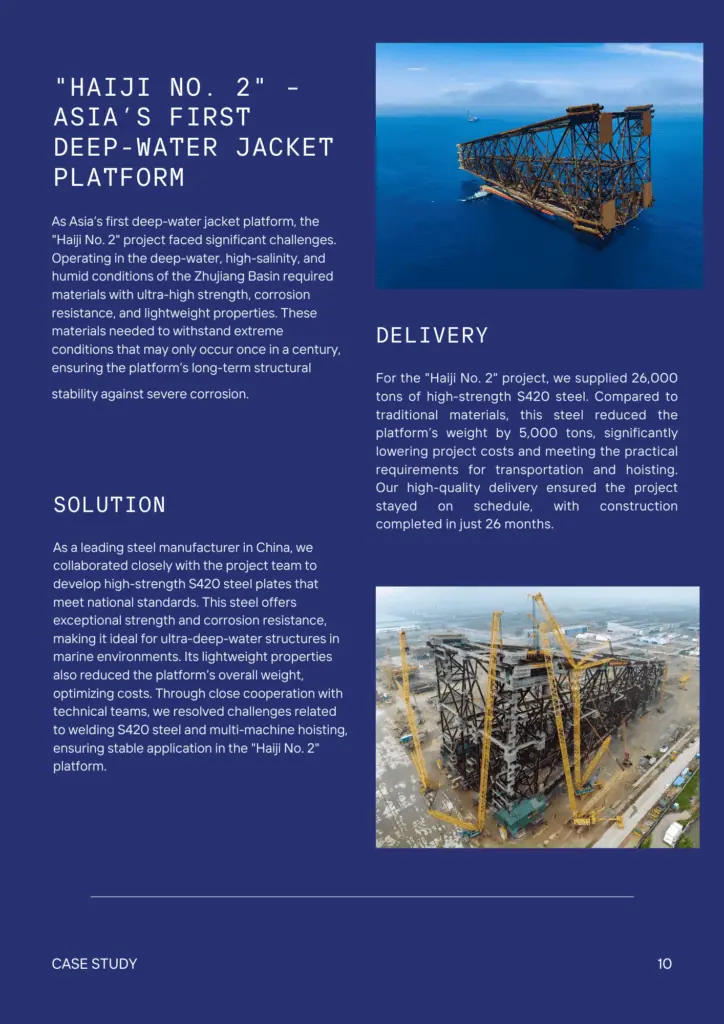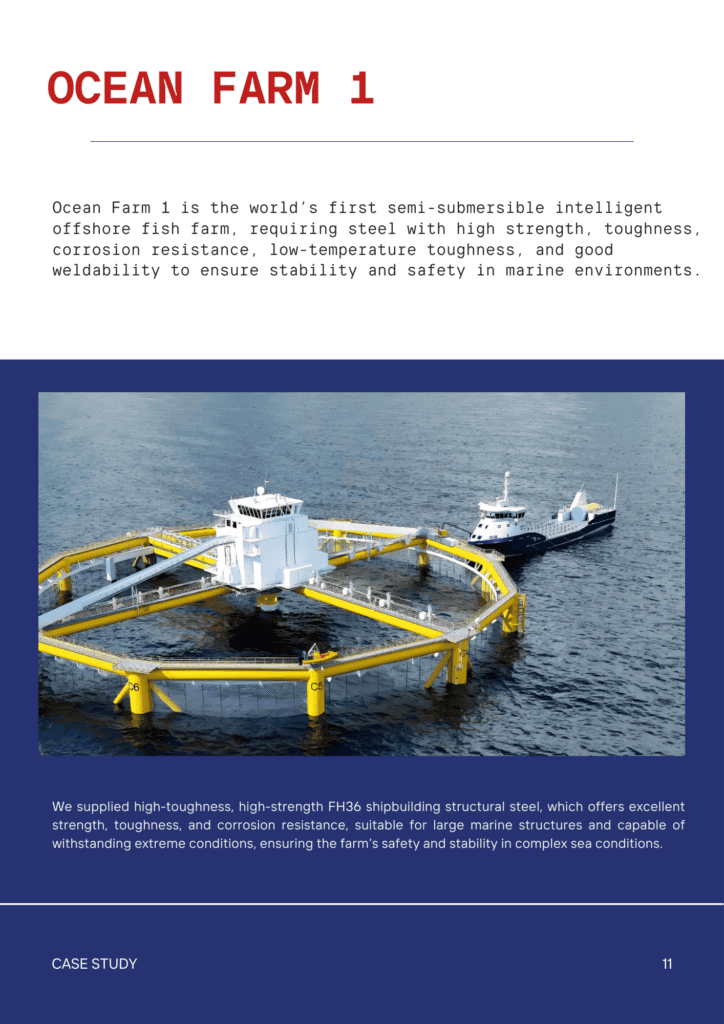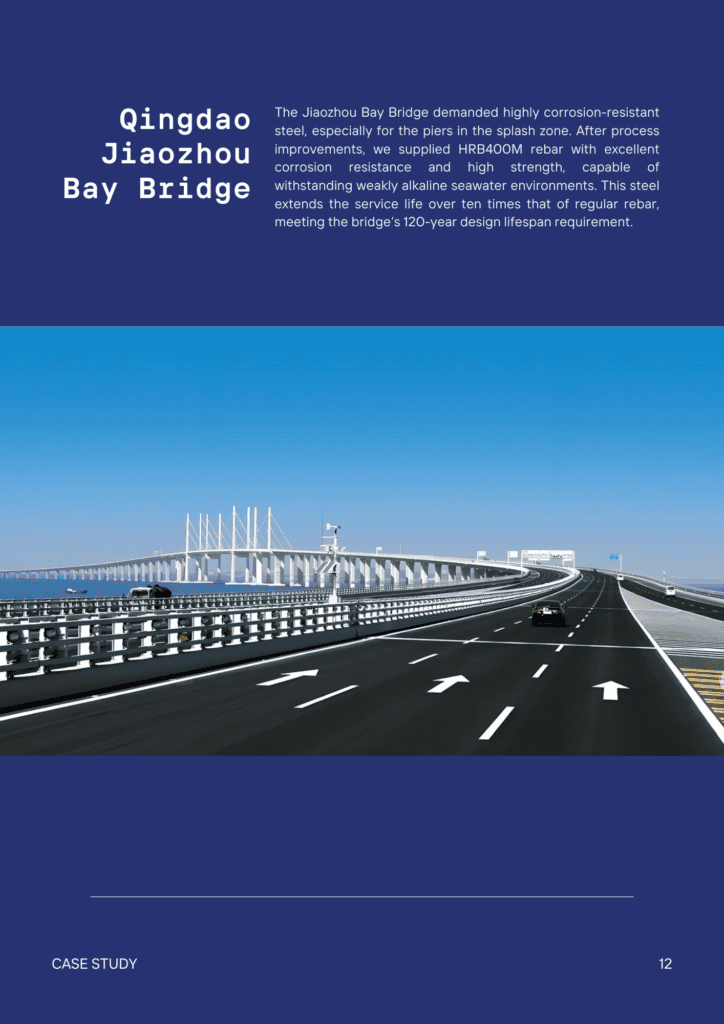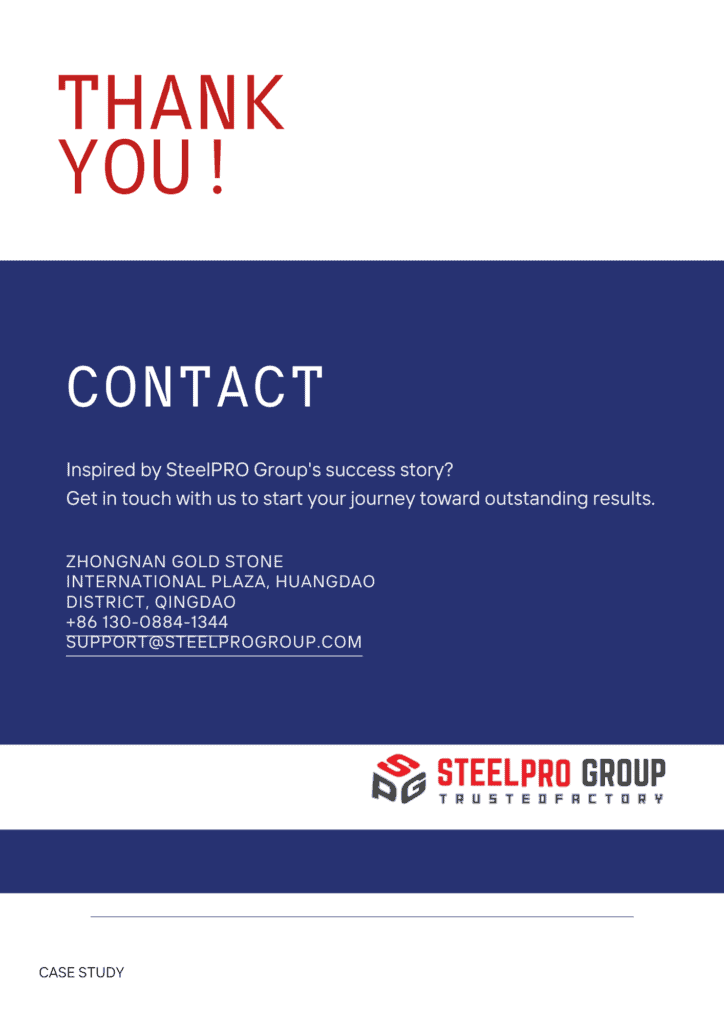محتويات
إصلاح الفولاذ المجلفن: المعايير والأساليب
- جون
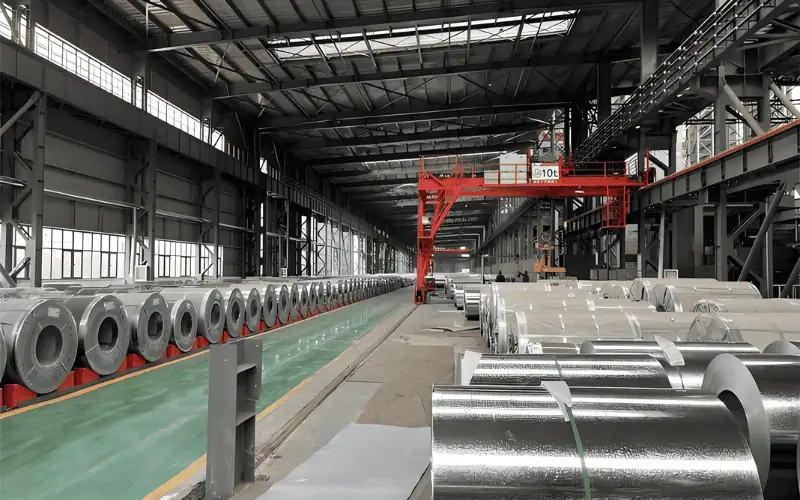
يتميز الفولاذ المجلفن بمتانته ومقاومته للتآكل، مما يجعله أساسيًا في مختلف الصناعات. ومع ذلك، فهو ليس خاليًا تمامًا من العيوب. من البقع العارية والتقشر إلى التلف الميكانيكي، يُعد فهم هذه العيوب الشائعة أمرًا بالغ الأهمية لضمان الأداء طويل الأمد.
تناقش هذه المقالة كيف تضع معايير مثل ISO 1461 وASTM A123/A123M إرشاداتٍ لتحمل العيوب وممارسات الصيانة السليمة. كما تتناول العيوب الشائعة في الفولاذ المجلفن وطرق الإصلاح الفعّالة.
العيوب الشائعة في الفولاذ المجلفن
بقع عارية
تتسبب المناطق غير المطلية على سطح الفولاذ في تعرضه للتآكل، والذي يحدث غالبًا بسبب سوء تحضير السطح أو تطبيق الزنك غير المتساوي.
الأسباب: سوء تحضير السطح، أو وجود ملوثات على سطح الفولاذ، أو عدم كفاية وقت الغمر أثناء عملية الجلفنة.
التقشير أو التقشر
تنفصل طبقة الزنك عن الفولاذ، مما يجعله عرضة للصدأ، وعادة ما يكون ذلك بسبب الالتصاق غير السليم أو الإجهاد المفرط.
الأسباب:ضعف الالتصاق بسبب التنظيف غير السليم للسطح، أو التبريد السريع، أو الضغوط المفرطة أثناء التعامل.
الصدأ الأبيض
تتشكل بقايا بيضاء مسحوقة نتيجة التعرض للرطوبة أثناء التخزين، مما قد يضعف الخصائص الوقائية للزنك بمرور الوقت.
الأسباب:التعرض للرطوبة أثناء التخزين أو النقل، وخاصة في ظروف سيئة التهوية.
بثور
تؤدي الفقاعات المرتفعة على سطح الطلاء، الناتجة عن الهيدروجين المحاصر أو الشوائب، إلى الإضرار بتوحيد ومتانة الطلاء.
الأسباب:الهيدروجين المحبوس أثناء عملية التخليل أو الشوائب في حمام الزنك المنصهر.
تراكم الزنك الزائد
تؤدي قطرات أو كتل الزنك إلى إنشاء سطح غير مستوٍ، مما قد يؤثر على الجماليات أو الوظائف، وغالبًا ما يكون ذلك بسبب وقت الغمر الزائد.
الأسباب:الغمر الزائد في حمام الزنك أو سرعات السحب غير المتساوية.
تكسير
تؤدي الشقوق الصغيرة في الطلاء، والتي عادة ما تكون على طول المنحنيات أو الحواف، إلى تعريض الفولاذ للصدأ وتقليل متانته بشكل عام.
الأسباب:الإجهاد العالي في الفولاذ أثناء الجلفنة أو عدم المرونة الكافية لطبقة الزنك.
عدم انتظام السبانجل
يمكن أن تؤثر الأنماط غير المنتظمة في الطبقة البلورية للزنك على المظهر، على الرغم من أن الوظيفة عادة ما تظل سليمة.
الأسباب:عدم اتساق معدلات التبريد أو الاختلافات في تركيب سبيكة الزنك المنصهر.
كيفية إصلاح الفولاذ المجلفن؟
طلاء غني بالزنك
الطلاء الغني بالزنك اقتصادي وسهل الاستخدام، مما يجعله مثاليًا للعيوب الصغيرة والموضعية. يُعيد مقاومة التآكل بتكوين طبقة زنكية فعّالة. مع ذلك، فإن عمره الافتراضي أقل بقليل من الطرق الأخرى في البيئات القاسية.
طريقة:
- ينظف:قم بإزالة الصدأ والأوساخ والشحوم من المنطقة المتضررة باستخدام فرشاة سلكية أو منظف.
- تطبيق الطلاء:قم برش أو استخدام الفرشاة والطلاء الغني بالزنك (≥90% زنك في فيلم جاف) بالتساوي على العيب.
- يؤكد:تحقق من سمك الطلاء باستخدام مقياس لتلبية المعيار المطلوب.
الرش الحراري (رش معدن الزنك)
يُنتج الرش الحراري طلاءً عالي المتانة، مناسبًا للعيوب الكبيرة والظروف القاسية. ورغم أدائه الممتاز، إلا أنه يتطلب معدات وخبرة متخصصة.
طريقة:
- تحضير السطح:قم بتنظيف المنطقة بحبيبات كاشطة لتنظيف السطح وتنعيمه من أجل الالتصاق.
- رش الزنك:استخدم مسدس الرش الحراري لتطبيق الزنك المنصهر بالتساوي.
- التحقق من السُمك:تأكد من أن سمك الطلاء يتطابق مع المواصفات الأصلية باستخدام مقياس.
لحام سبائك الزنك
لحام سبائك الزنك دقيق وفعال للإصلاحات الصغيرة والمعقدة، مثل الحواف أو الزوايا. يوفر التصاقًا قويًا، ولكنه يستغرق وقتًا طويلاً في المناطق الأكبر.
طريقة:
- إعداد المنطقة:قم بتنظيف العيب وقم بتسخينه مسبقًا إذا لزم الأمر لتحسين الالتصاق.
- تطبيق اللحام:قم بتذويب قضيب سبائك الزنك باستخدام شعلة ثم قم بتوزيعه بالتساوي على الضرر.
- فحص:اترك المنطقة لتبرد وتأكد من وجود طبقة موحدة.
خاتمة
تقدم هذه الطرق حلولاً مصممة خصيصًا لسيناريوهات الإصلاح المختلفة: طلاء غني بالزنك للمناطق الصغيرة، والرش الحراري للأضرار الواسعة، ولحام سبائك الزنك للعمل الدقيق.
لمعرفة المتطلبات التفصيلية بشأن تحمل العيوب ومعايير الإصلاح، راجع القسم التالي.
معايير إصلاح الفولاذ المجلفن
عدة معايير معترف بها، بما في ذلك ايزو 1461, ASTM A123, ASTM A153، و ASTM A767تُحدد هذه المعايير إرشاداتٍ مُفصّلة لإصلاح عيوب منتجات الفولاذ المجلفن. تُحدد هذه المعايير مساحات الإصلاح المقبولة، وسمك الطلاء بعد الإصلاح، والطرق المُوصى بها لضمان متانة المادة وأدائها.
يوفر الجدول أدناه مرجعًا سريعًا لمتطلبات إصلاح الفولاذ المجلفن، مما يساعدك على فهم المعايير الرئيسية للامتثال وضمان الجودة.
| الاسم القياسي | حجم منطقة الإصلاح | سمك طلاء الإصلاح |
| ايزو 1461 | ≤ 1.55 بوصة مربعة (10 سم مربع) | 1.8–3.3 مل (45–85 ميكرومتر) |
| ASTM A123 | ≤ 1 بوصة (25.4 ملم) | 2.2–3.9 مل (55–100 ميكرومتر) |
| ASTM A153 | – | 1.7–1.8 مل (43–45 ميكرومتر) |
| ASTM A767 | الضرر الموضعي فقط | 3.3–3.9 مل (85–100 ميكرومتر) |
ايزو 1461
تحملات العيوب
- حجم منطقة الإصلاح: الحد الأقصى 1.55 بوصة مربعة (10 سم مربع) لكل عيب.
- إجمالي مساحة الإصلاح:لا يمكن أن يتجاوز 0.5% من إجمالي مساحة السطح.
- بقع عارية:غير مسموح به، التغطية الكاملة إلزامية.
- التصاق:لا يُسمح بالتقشير أو التقشر في ظل التعامل العادي.
طرق الإصلاح
- طلاء غني بالزنك:يجب أن يحتوي على الأقل زنك 90% في الفيلم الجاف.
- الرش الحراري:تطبيق الزنك المنصهر على المناطق المتضررة.
- لحام سبائك الزنك:للإصلاحات الصغيرة استخدم مواد أساسها الزنك.
ASTM A123
تحملات العيوب
- حجم منطقة الإصلاح: يقتصر على مناطق ≤ 1 بوصة (25.4 ملم) في البعد الأطول.
- بقع عارية:غير مسموح به، يجب أن تكون التغطية موحدة.
- جودة السطح:يُسمح بالعيوب البسيطة (على سبيل المثال، تشغيلات الزنك) إذا لم تؤثر على الوظيفة.
طرق الإصلاح
- طلاء غني بالزنك:يجب أن يحتوي الفيلم الجاف على الأقل 65% الزنك.
- الرش الحراري:يستخدم لإجراء إصلاحات موضعية لاستعادة سلامة الطلاء.
ASTM A153
تحملات العيوب
- حجم منطقة الإصلاح:لا يوجد حدود محددة للحجم، ولكن يجب تحديد العيوب محليًا.
- بقع عارية:يجب إصلاحه؛ لا يسمح بالفولاذ المكشوف.
- التصاق:لا يوجد شقوق أو تقشير أو تقشر يؤثر على الأداء.
طرق الإصلاح
- طلاء غني بالزنك:للمسامير والصواميل والمكونات الصغيرة ذات محتوى الزنك 65% على الأقل في الفيلم الجاف.
- لحام سبائك الزنك:مناسبة لإصلاحات الأجهزة الصغيرة.
ASTM A767
تحملات العيوب
- حجم منطقة الإصلاح:لا يُسمح إلا بالضرر الموضعي (على سبيل المثال، أثناء النقل أو التثبيت).
- بقع عارية:غير مسموح به؛ يجب إصلاحه لمنع التآكل.
- التصاق:يجب ألا يتقشر الطلاء أو يتشقق عند التعامل العادي.
- حد مساحة السطح:لا ينبغي أن تتجاوز الإصلاحات 1% من سطح حديد التسليح.
طرق الإصلاح
- طلاء غني بالزنك:يجب أن يحتوي على الأقل 94% الزنك في الفيلم الجاف.
- الرش الحراري:لاستعادة الطلاء الموحد.
- لحام سبائك الزنك:مسموح به لمساحات الضرر الأصغر.
فولاذ مجلفن خالي من العيوب لأداء يدوم طويلاً
تقدم مجموعة Steel Pro منتجات صُمم لتلبية معايير ISO وASTM. يُقلل نظامنا الصارم لمراقبة الجودة من العيوب، مثل البقع العارية والتقشير، مما يضمن أداءً ثابتًا ومطابقًا للمواصفات. للحصول على فولاذ قوي ومقاوم للعيوب، ثق بمجموعة Steel Pro لحماية استثمارك.



